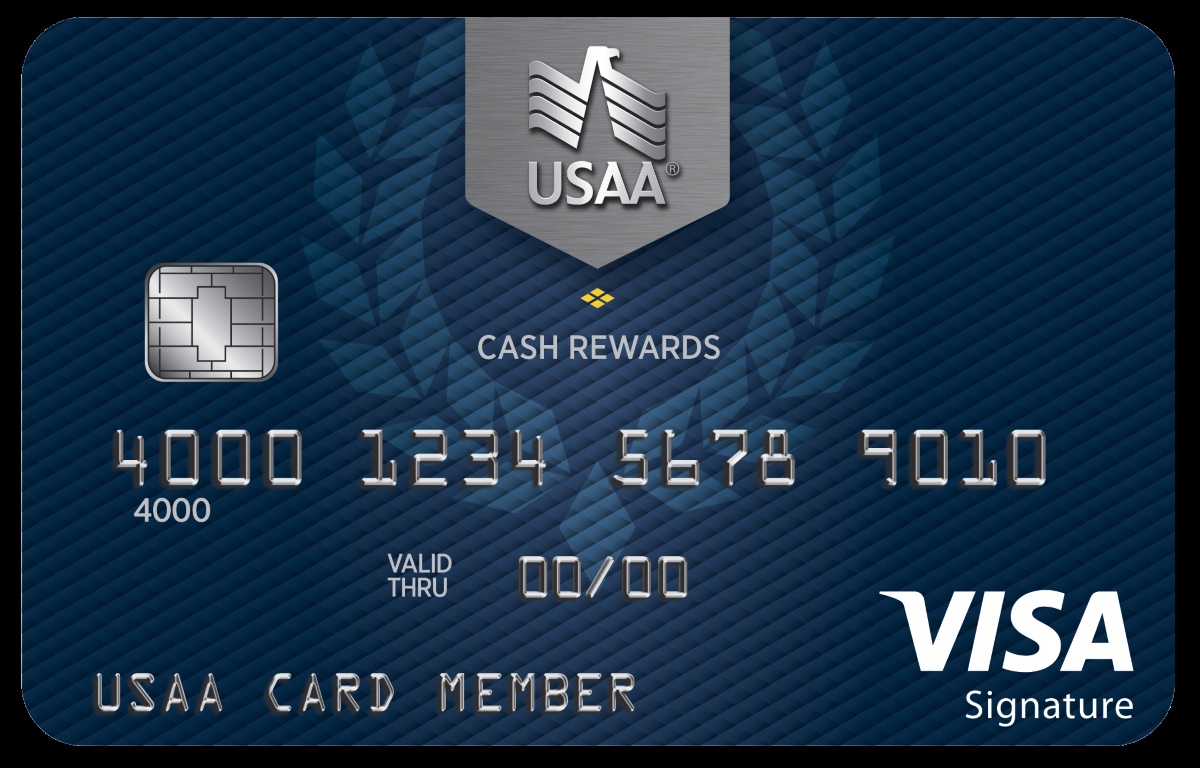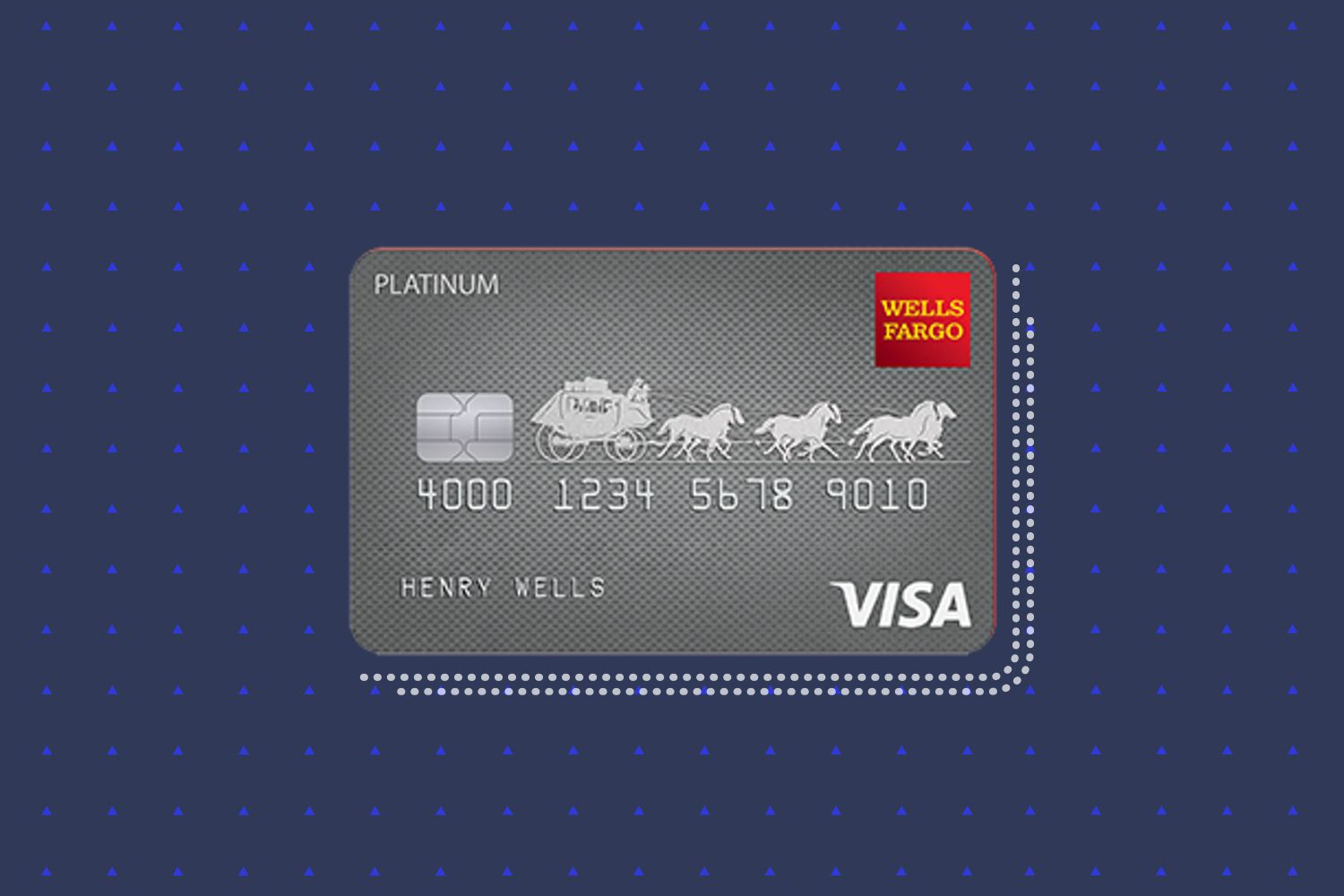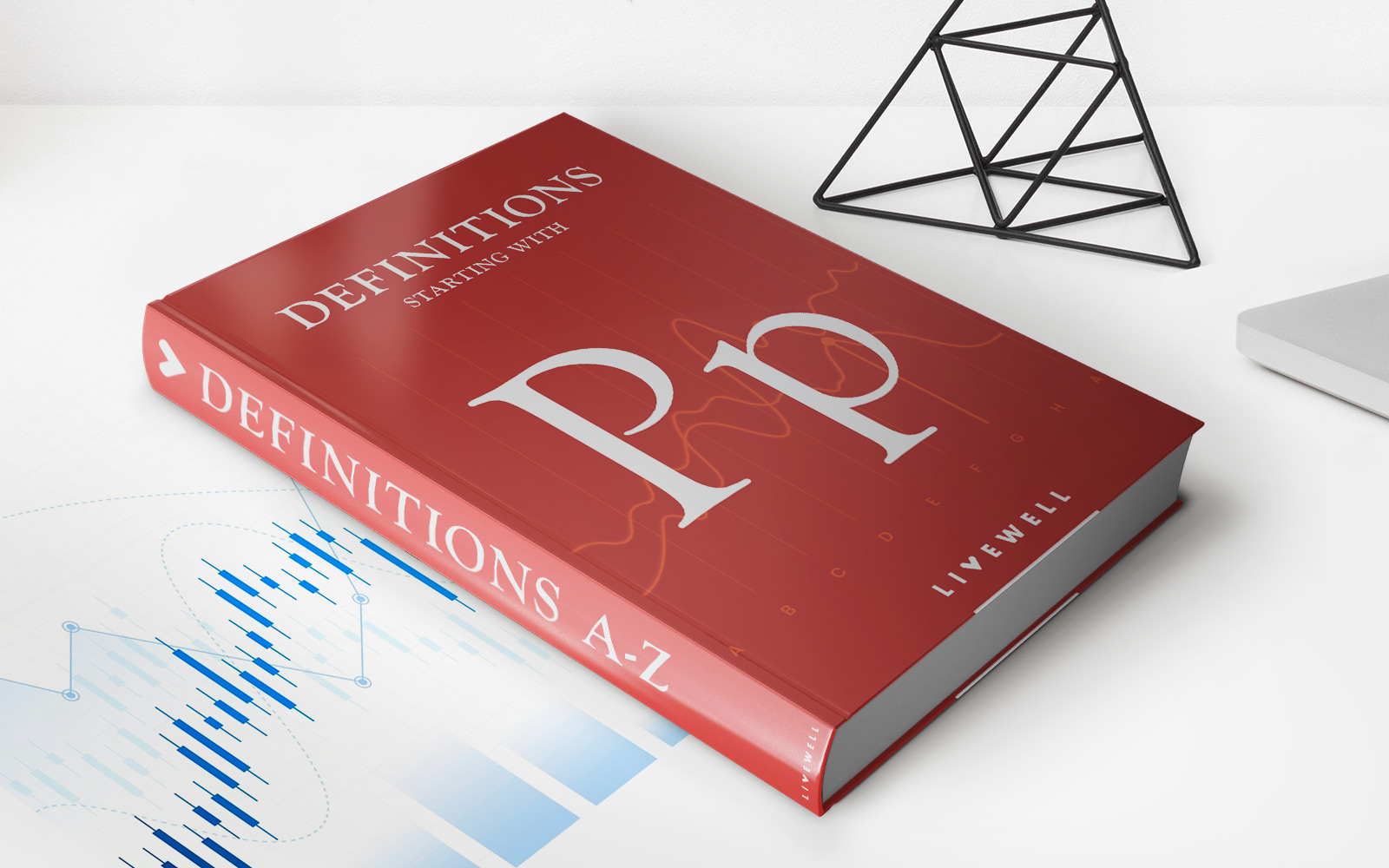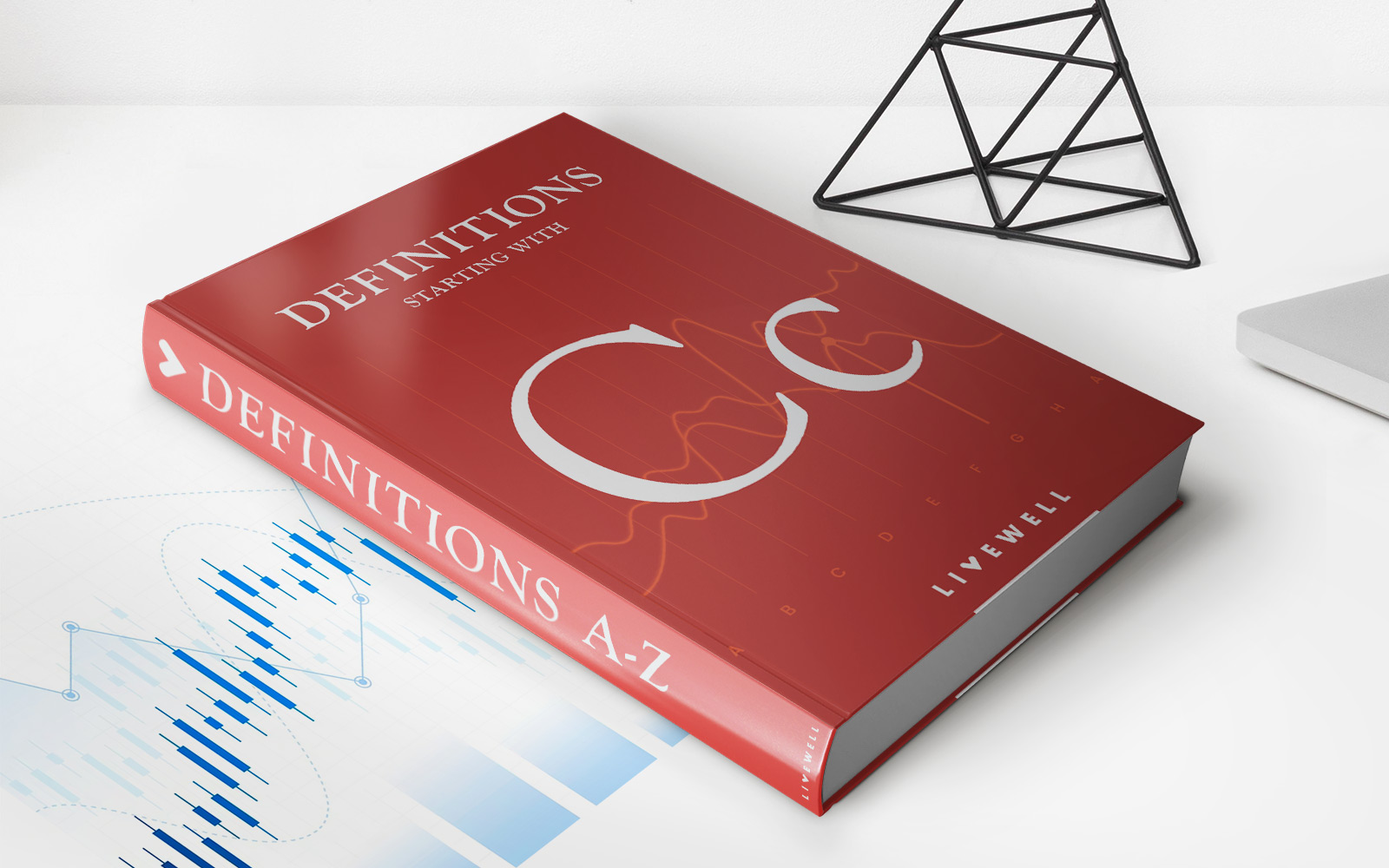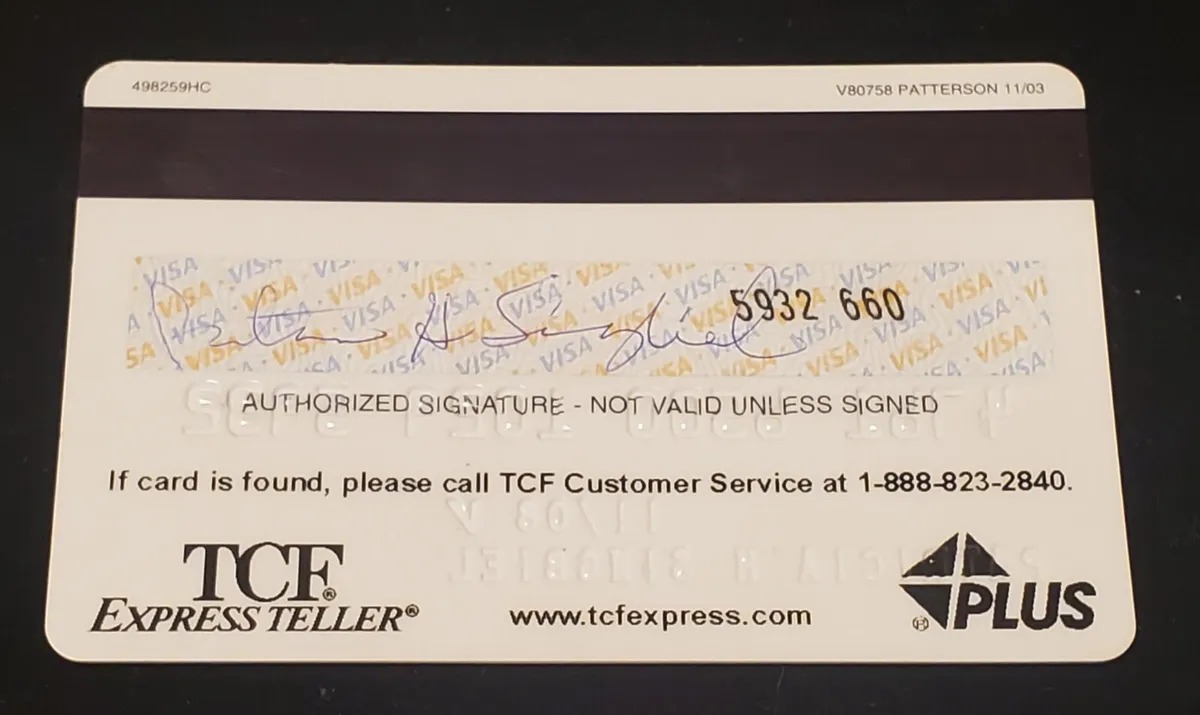Home>Finance>If Denied The Discover It Secured Card, How Long Does It Take To Get Your Money Back?


Finance
If Denied The Discover It Secured Card, How Long Does It Take To Get Your Money Back?
Published: March 1, 2024
If you were denied the Discover It Secured Card, find out how long it takes to get your money back. Get insights into finance and credit card application processes.
(Many of the links in this article redirect to a specific reviewed product. Your purchase of these products through affiliate links helps to generate commission for LiveWell, at no extra cost. Learn more)
Table of Contents
Introduction
Understanding the Process of Refund for Denied Discover It Secured Card Applications
Applying for a credit card can be an exciting step towards building a strong financial foundation. However, the anticipation of receiving a secured credit card can turn into disappointment if the application is denied. In such instances, individuals often wonder about the timeline for receiving a refund of their initial deposit.
While the denial of a Discover It Secured Card application can be disheartening, it’s essential to understand the reasons behind the rejection and the subsequent steps for requesting a refund. By gaining insights into this process, individuals can navigate the situation with clarity and confidence.
In this article, we’ll delve into the reasons for denial, the process of requesting a refund, and the expected timeframe for receiving the refunded deposit. Understanding these aspects can provide valuable guidance to those who have encountered a denial in their pursuit of a Discover It Secured Card.
Reasons for Denial
When an individual applies for a Discover It Secured Card, there are various factors that the issuer considers before approving the application. Understanding the potential reasons for denial can shed light on the areas that may need improvement for future applications. Here are some common reasons for the denial of a Discover It Secured Card application:
- Credit History: One of the primary factors that issuers assess is the applicant’s credit history. A limited credit history or a history of missed payments and high credit utilization can lead to a denial.
- Insufficient Income: The applicant’s income is another crucial consideration. If the issuer deems the income to be insufficient to meet the credit obligations, it can result in a denial.
- Errors on the Application: Inaccurate or incomplete information on the application can raise red flags and lead to a denial. It’s essential to review the application thoroughly before submission.
- Recent Bankruptcy: Individuals with a recent bankruptcy on their credit report may face challenges in securing a new credit card, including the Discover It Secured Card.
- Multiple Recent Inquiries: A high number of recent credit inquiries can signal financial distress to the issuer, potentially leading to a denial.
By understanding these common reasons for denial, individuals can assess their own financial standing and take proactive steps to address any areas of concern before reapplying for the Discover It Secured Card.
Requesting a Refund
Upon receiving a denial for a Discover It Secured Card application, the next crucial step is to initiate the process of requesting a refund for the initial deposit. This involves reaching out to the issuer and following specific procedures to ensure a smooth and timely refund. Here’s a guide to requesting a refund after a denial:
1. Contacting Customer Service: The first step is to contact the customer service department of Discover. This can typically be done via phone or online channels. Individuals should clearly communicate that their application has been denied and inquire about the process for receiving a refund of their initial deposit.
2. Providing Necessary Information: During the conversation with customer service, individuals may be required to provide specific details, such as their application reference number and personal information, to facilitate the refund process. It’s important to have these details readily available.
3. Following Instructions: Discover’s customer service representatives will provide instructions on how to proceed with the refund request. This may include filling out forms or providing documentation to support the refund process.
4. Confirming Receipt: After submitting the necessary information or forms, individuals should request confirmation from Discover that their refund request has been received and is being processed. This can help ensure transparency and provide peace of mind during the waiting period.
By following these steps and maintaining clear communication with Discover’s customer service team, individuals can navigate the process of requesting a refund with confidence and efficiency.
Timeframe for Receiving a Refund
Once the refund request for a denied Discover It Secured Card application has been initiated, individuals are understandably eager to know the expected timeframe for receiving their refunded deposit. While the exact timeline can vary based on several factors, including the issuer’s internal processes and external banking procedures, it’s helpful to understand the general timeframe associated with this process.
Discover typically aims to process refund requests promptly to provide applicants with a timely resolution following a denial. However, the actual timeframe for receiving the refunded deposit can vary. In many cases, individuals can expect to receive their refund within 7 to 10 business days from the date the request was successfully processed by Discover.
It’s important to note that while Discover strives to expedite the refund process, external factors such as banking processing times and individual financial institutions can impact the actual receipt of the refunded amount. As a result, individuals are advised to monitor their accounts closely and allow for additional time beyond the initial 7 to 10 business days for the refund to reflect in their accounts.
Throughout this period, maintaining open communication with Discover’s customer service team can provide valuable updates and insights into the status of the refund. By staying informed and being mindful of the typical timeframe, individuals can navigate the wait for their refunded deposit with clarity and patience.
It’s important to remember that while the timeframe for receiving a refund is generally within 7 to 10 business days, individual experiences may vary, and factors beyond Discover’s control can influence the actual timeline for the refunded deposit to be processed and reflected in the applicant’s account.
Conclusion
Experiencing a denial for a Discover It Secured Card application can be a temporary setback in the journey toward building a strong credit profile. However, understanding the reasons for denial, the process of requesting a refund, and the expected timeframe for receiving the refunded deposit can empower individuals to navigate this situation effectively.
By recognizing common reasons for denial, such as credit history, income considerations, and application accuracy, individuals can take proactive steps to address any underlying issues before reapplying for the Discover It Secured Card. Additionally, initiating the process of requesting a refund involves clear communication with Discover’s customer service team and adherence to specific instructions to facilitate a smooth refund process.
While the timeframe for receiving a refund typically ranges from 7 to 10 business days from the date of processing, individuals are encouraged to maintain open communication with Discover and allow for additional time due to external banking procedures. By staying informed and patient throughout this period, applicants can anticipate the arrival of their refunded deposit with confidence.
Ultimately, the denial of a credit card application is a temporary obstacle, and by leveraging the insights provided in this article, individuals can approach the situation with clarity and determination. Building a strong financial foundation involves navigating challenges with resilience, and the process of requesting a refund for a denied Discover It Secured Card application is an opportunity to demonstrate financial responsibility and perseverance.
As individuals continue their journey toward financial well-being, the experience of a denial can serve as a valuable learning opportunity, paving the way for future success in securing a Discover It Secured Card and advancing their financial goals.
